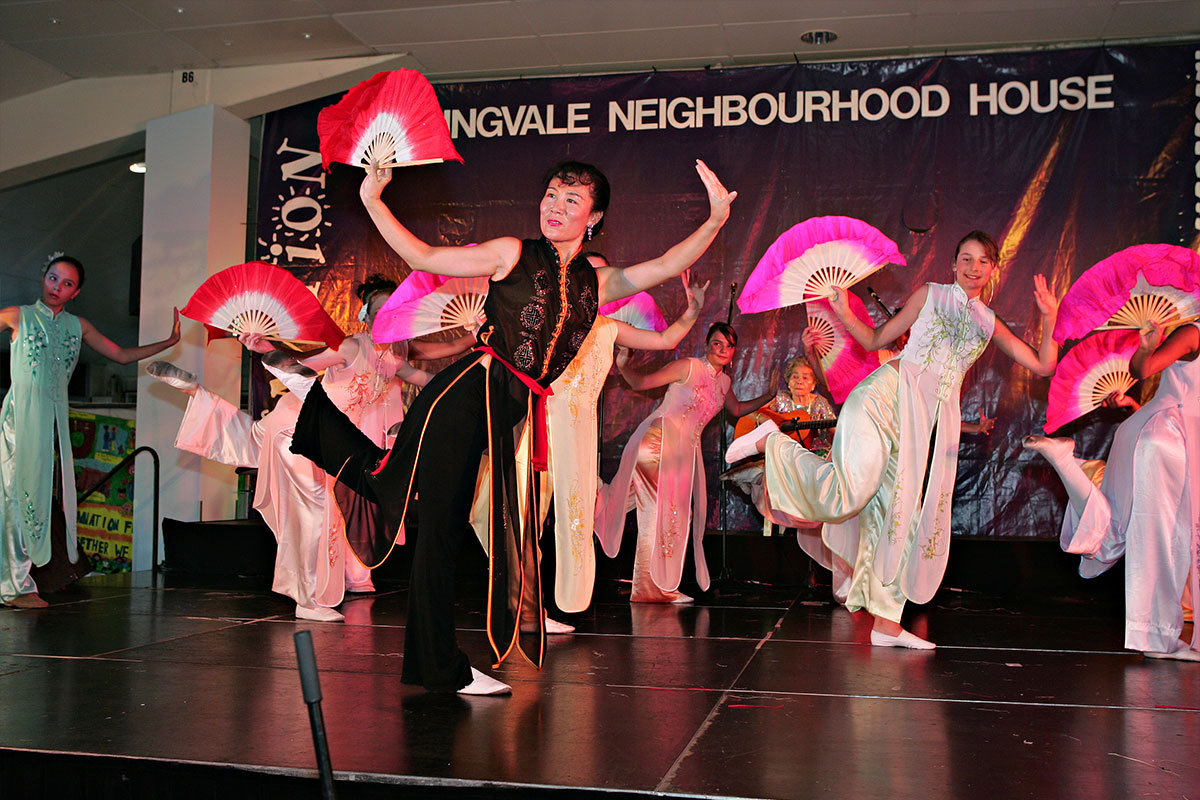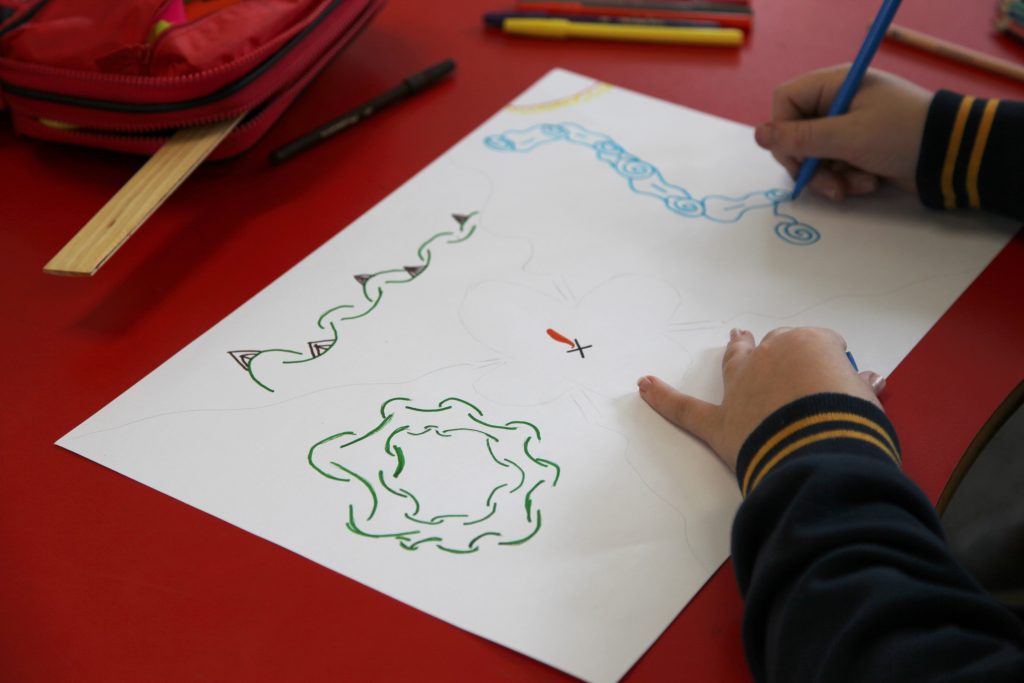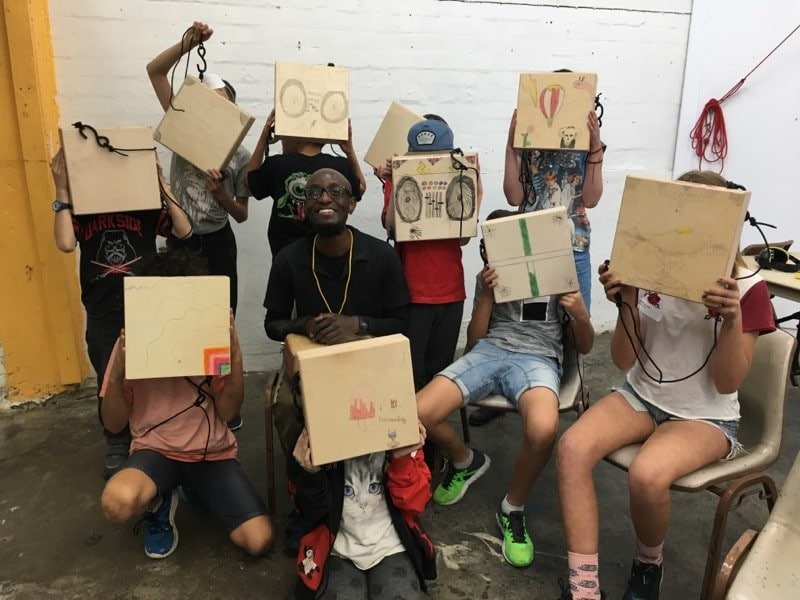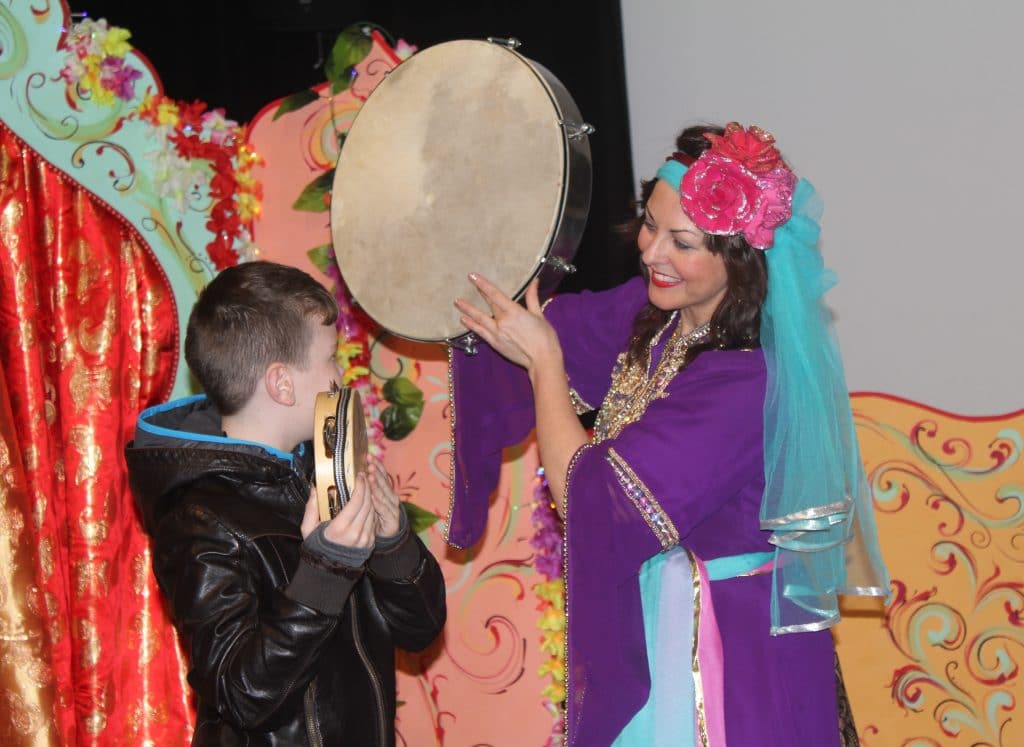
Deeply rooted in our community as representations of thoughts and beliefs, art and culture contribute to the formation of attitudes and behaviours and sustain self-identity and a sense of belonging. There are various forms of art such as music, dance, and painting, which express humanity’s creativity and imagination across diverse cultures throughout the ages. Despite the fact that art encompasses individual works and cultures which are different geographically, its far-reaching impact on the community includes the enhancement of social cohesion. These human expressions of life, living, and thought are crucial in bringing the world together beyond the limitations of time, geography, and histories.
Art and culture strengthens social cohesion through the removal of the barriers that seemingly hinder mutual understanding and communication beyond language in most cases. We are all different individuals and this implies difficulty for one to interpret others’ perceptions accurately. Nevertheless, art and culture create different channels for us to attain better understanding of each other and develop relationships. An article from Psychology Today states that the formation of art and culture originates from human imagination – underlying beliefs and values – which are representations of self, characterized by indirect and non-verbal expression.

Messages are coded into artistic productions and virtual installations and transmitted freely through creative mediums, galleries and museums, and in so doing, bridging relationships between people and cultures.
The United Nations Educational, Scientific and Cultural Organisation declared freedom of speech as one of human rights which further encourages people to seek connections in life and grow with companions. Apart from verbal expression, we share our life in a way that we feel comfortable, making connections and communication delicate and easier.
The process of making connections paves the way for us to cultivate empathy and social awareness which enhance cohesiveness in community. Empathy is a personal quality whereby we place ourselves in another person’s shoes and experience life events from another’s perspective, gaining new insights when explaining others’ behaviors and interpretations of events and ideas. Hence, art and culture stimulate our sensation, cognition and comprehension when one takes the initiative to uncover what is hidden and make sense of what is perceived. Social awareness is greatly consolidated when engages the life of others with curiosity and open-mindedness. This builds the foundation of a cohesive society as people are more open and curious to know each other.
The power of artistic creativity also affirms the sense of belonging and unifies the community as they are storytellers of personal experiences and a part of the historical continuum of their family, community, and culture. When opinions, reflections, and feelings about social issues are included in these narratives others can gain significant insights into that individual’s community and history.
Therefore, a collection of creative productions involving traditions may formulate a theme of one specific community which illustrates what is happening with one specific group. With exposure to these narratives – these encounters with others’ thoughts and lives, a resonance grows between the people, binding them together to form a sense of belonging; creating community as opposed to a conglomerate of individuals without a sense of connection.
In light of the benefits that art and culture have on enhancing connectedness in societies, there are four ways in which this can be attained. Following are the approaches that can be taken towards achieving a peaceful and harmonious community.
1. Exhibition and Talks

One way of exposing people to other cultures – belief systems and traditions – is with exhibitions and talks that engage people directly. This would include museum, gallery and charitable pop-up exhibitions, providing people with an in-depth look on the works of others, or objects with cultural value like ancient clothing. Focusing on talks, particularly personal narratives, whereby life stories are revealed and feelings shared amongst others. Stories of family, village, festivals, and what these mean to the individual.
The advantage of this approach is that the knowledge passed on is personal and immediate; creating an atmosphere of intimacy with the audience, which cannot be obtained by reading a text about the culture. Questions and answer sessions at the end of such talks assists in enhancing understanding and minimizing misunderstanding or stereotyping the culture. Another advantage of this approach to passing on cultural knowledge is that it can harness technology and be streamed or placed on an app to be viewed via the internet. Google Arts and Culture displays thousands of slideshows and virtual exhibitions for everyone to immerse themselves into the world of diversified imaginations and traditions.
2. Workshops

Another approach to social cohesion and intercultural understanding is to arrange workshops and incursions. Experiential learning is a teaching methodology that is being embraced and applied more and more, particularly in the classroom environs, due to its ability to instigate deep learning. (Kopish et.al 2019) Experiential learning is predominantly an activity-based learning tool whereby students create, for example, posters and pamphlets or multimedia works, such as videos and presentations slides, based on a learning topic selected earlier.
Instant personal experiences will enrich one’s learning by hands-on experience, which explains why it may inspire deeper cognitive understanding and interpretations out of the usual frame of learning. This methodology is appropriate for all ages by simply changing the activities according to the targeted group. Moreover, workshops allow people to evaluate their understanding during different stages of learning so as to increase the effectiveness and efficiency of gaining new insights. Self-reflection helps one to adjust their own learning process to attain better outcomes.
3. Education

Workshops aside, education is widely-accepted when it comes to delivery of knowledge. Research from human developmental studies discovered that early childhood education serves an important role in advancing educational outcomes throughout the child’s life; transferring positive values and exploring new found skills (McCoy et.al 2017 and Menning 2017).
Hence, education is an important aspect of teaching arts and cultures when included in the curriculum, making learning systematic and highly accessible. Moreover, modification and evaluation of subject matter can be developed under professional supervision.
Apart from schooling, there are various community centers and festivals whereby people can come to understand and experience other cultures. There are many choices within easy reach that further foster education of the ‘other’ within the community.
4. Virtual Education
In our globalised society, virtual solutions are the answer to the current trend towards ‘global citizenship education’ (Matthew, A. M. & Banki, T. & S. 2021). Technology has provided the opportunity for the broader international community to form connections with people that may reside on the other side of the world. So, in order to achieve a socially inclusive and cohesive society, we should embrace the resources accessible to us.
To effectively communicate with someone of a diverse cultural background, it is important to learn about their culture. There are a number of ways to facilitate this, but for a fun, creative option, Sound Infusion lets you explore culture through the world of music. With digital samples from instruments around the world, you can learn the origins and produce globally inspired music. Appreciating another culture is the first step to understanding its unique richness and promoting social cohesion.
4. Policy Implementation
The last suggestion addresses policy implementation whereby local governments or relevant bodies organize events to bring arts and culture to the community. These official bodies are are in a position to allocate resources to launch and promote programs to encourage people to understand the importance of having creativity and traditions as a key part of life.
The Organization for Economic Cooperation and Development published the Perspectives on Global Development: Social Cohesion in a Shifting World and enacted Social Cohesion Policy Reviews (SCPRs) as a new tool which emphasized the importance of social harmony, fighting against poverty and inequality, and promoting the idea that citizens work together for general well-being of all.
This reflects the role policy making can have in serving and supporting greater social value in a changing world. Meanwhile, the UN’s Artistic Creative Community Network stresses the importance of nurturing the awareness towards arts and traditions and connects partnerships in fostering more cohesive communities. It is hoped to cultivate individuals to be aware of intangible values, such as caring, compassion, and empathy, which is instrumental in enhancing social cohesion and tolerance of the ‘other’.
Living in the contemporary world that is full of artistic and cultural exchange creates a positive impact on the global and local community. Connectedness is the key to reduce misunderstandings and conflicts so as to promote community harmony and stability. A small step to open our hearts for arts and cultures may become a leap for our community development. We are all in this together.
Share this Post

